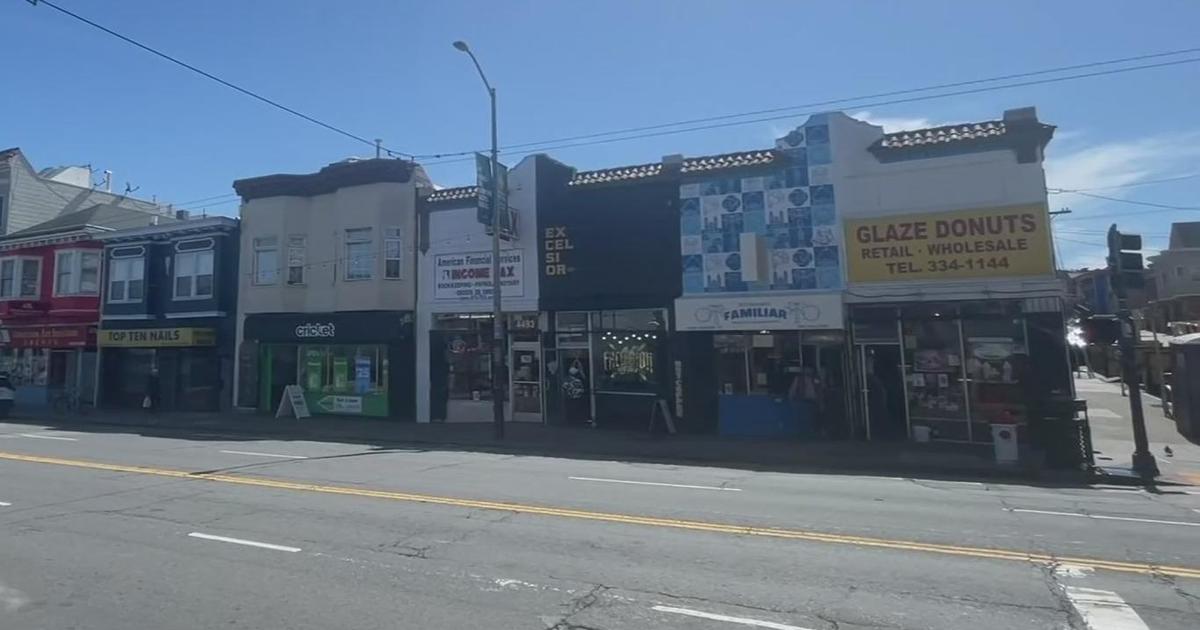BART Crush Expected To Worsen, May Put Passengers At Risk
SAN FRANCISCO (KPIX 5) -- If you've ever been on the subway in New York or Tokyo, you're familiar with how packed trains can be. Commuters who ride BART are increasingly experiencing crushing crowds and packed trains.
"It feels like a cattle car," one morning commuter told KPIX 5. Some are fighting their way on. Fights even break out on the jammed trains.
Other riders have figured out a solution called "backriding." Another commuter said, "I'll go backwards a couple of stops so that I have a better chance at getting a seat before coming back the other way."
BART General Manager Paul Oversier said cars seat about 60 and carry 180 people in what is called a "crush load."
So who determines what the crush load is? Oversier said, "It's self-selecting. People at that point just let the train go by."
Former Fire Marshal and consultant Elliot Gittleman recently observed the conditions on a rush hour train and estimated there were more than 100 people on board. He said that 100 passengers is about 50 percent crush load.
Gittleman said unlike buildings, passenger car capacity is not regulated by any local, state or federal agency, meaning nobody is keeping an eye on whether these packed trains are safe.
"I didn't find anything that tells you how to calculate the occupant load, or how many doors you need based upon the occupant load," Gittleman said. "If this was a building, there's all kinds of codes that deal with that."
The situation is expected to get worse before it gets better. BART's daily ridership is projected to go from the current level of 400,000 to half a million in five years. The system potentially could serve three quarters of a million people a day.
How will BART accommodate that many passengers and keep them safe? It's not with the system in place now.
Currently, BART's fleet is 670 cars. Four hundred new cars are on order, but they won't start arriving for four years. Those cars may not have more seats, but they will have more standing room for passengers.
BART also needs a new train control system so it can run trains closer together and run trains into San Francisco every two minutes, instead of every two and a half minutes.
The transit agency recently launched a test version of its new app that estimates how crowded a train is before a passenger arrives at the station. But the information is based on past ridership records and not on real time information.
(Copyright 2013 by CBS San Francisco. All Rights Reserved. This material may not be published, broadcast, rewritten, or redistributed.)



